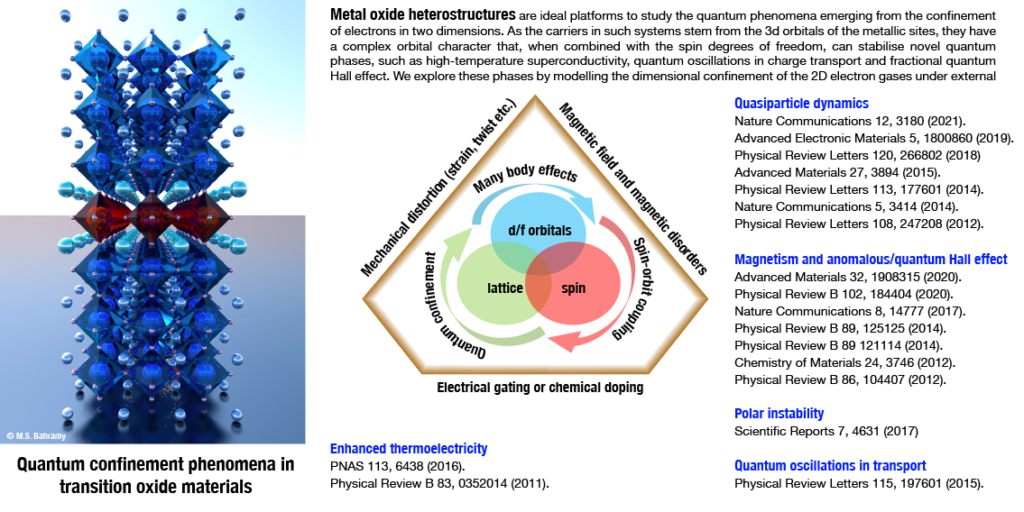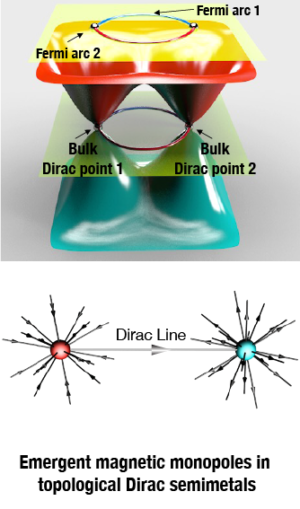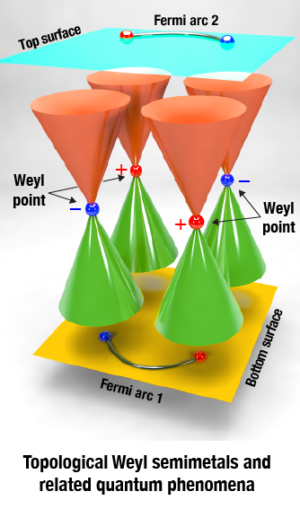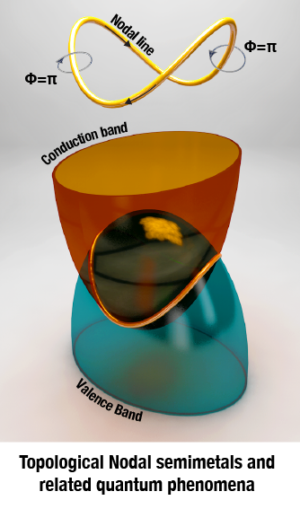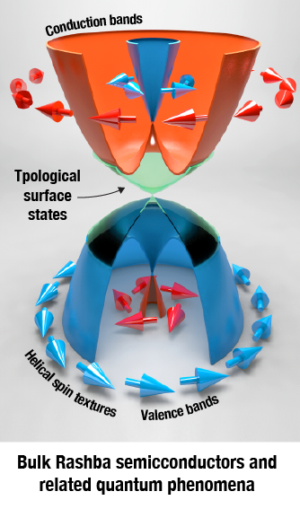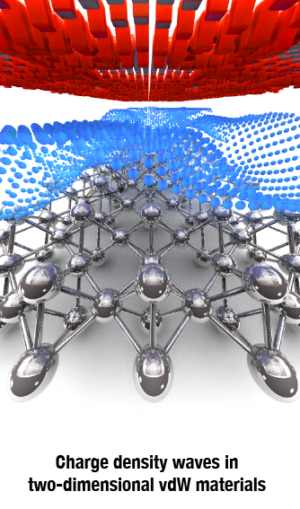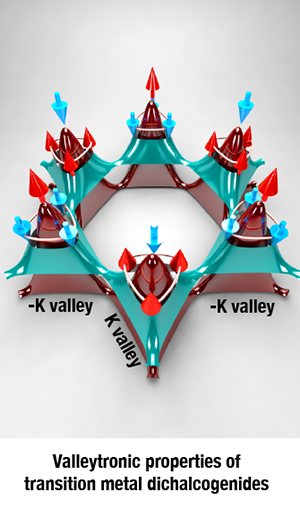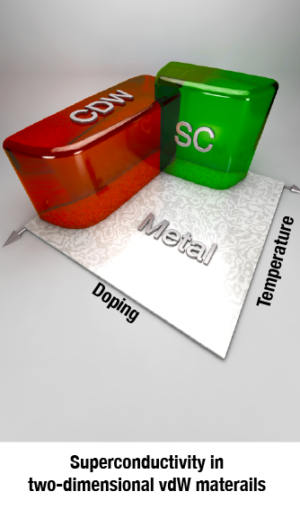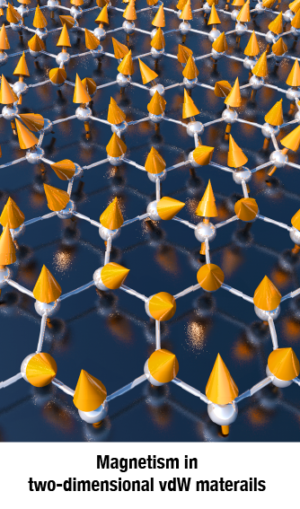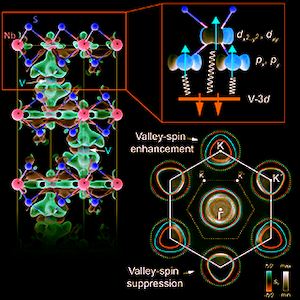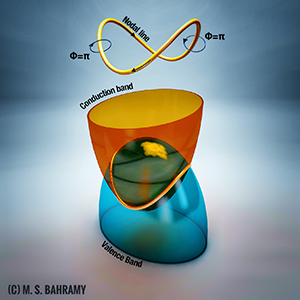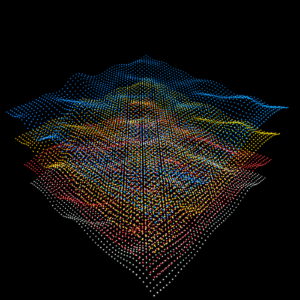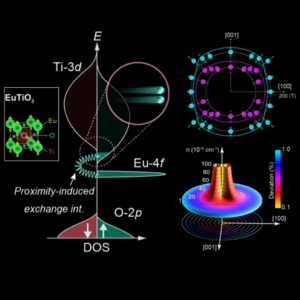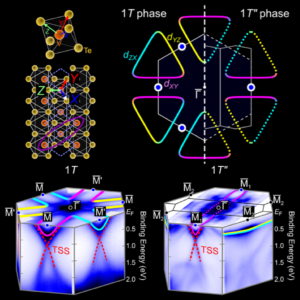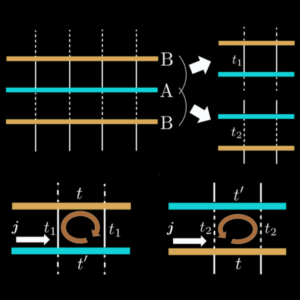Emergent quantum phenomena
Our research interest
Our research revolves around the quantum phenomena emerging from the interplay of charge, spin and orbital degrees of freedom of electron in crystalline systems. Such delicate interactions, happening at a microscopic level, can give rise to collective phases of matter with unusual properties. Some highlights include topological phase transition, unconventional superconductivity, non-trivial magnetic orders and spin-textures, integer and fractional quantum Hall effect, and quasiparticle interferences, all of great relevance for future energy and information technologies. Using bespoke computational methods, we explore ways in which a material can be tuned to exhibit such quantum phases. Below are some related topics on which our research is focused.
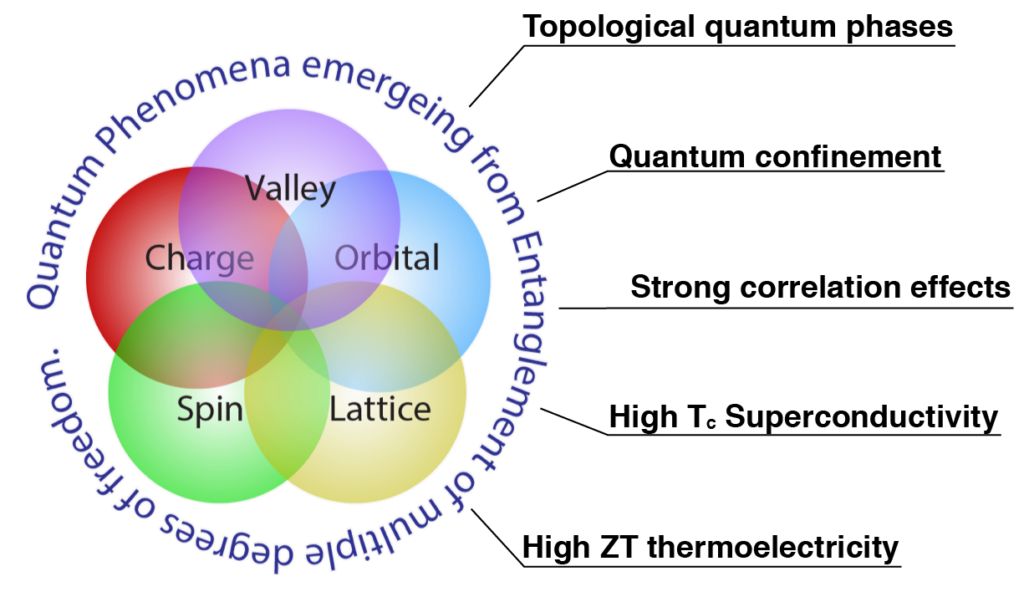
Topological materials
Two dimensional materials
Transition metal oxides
